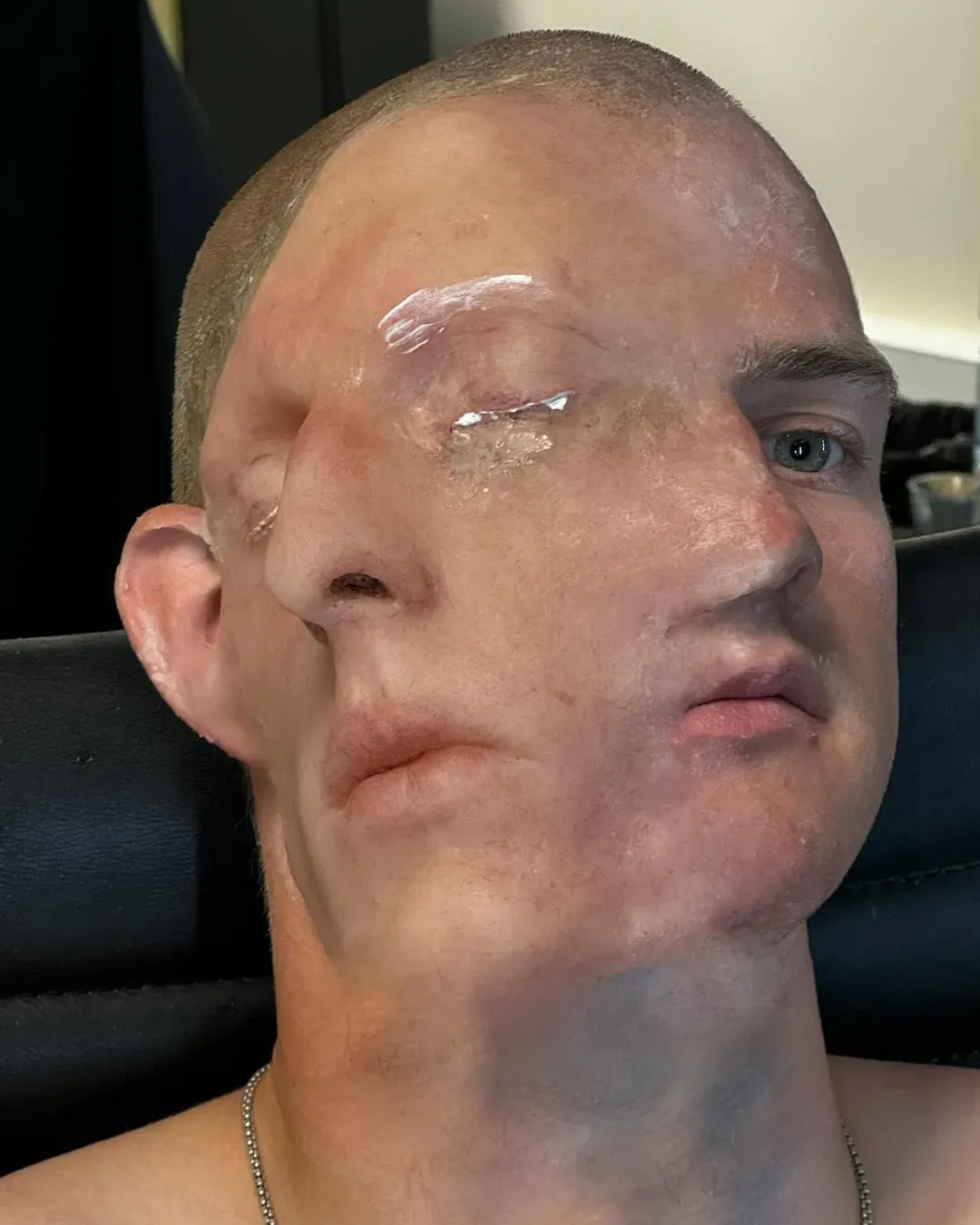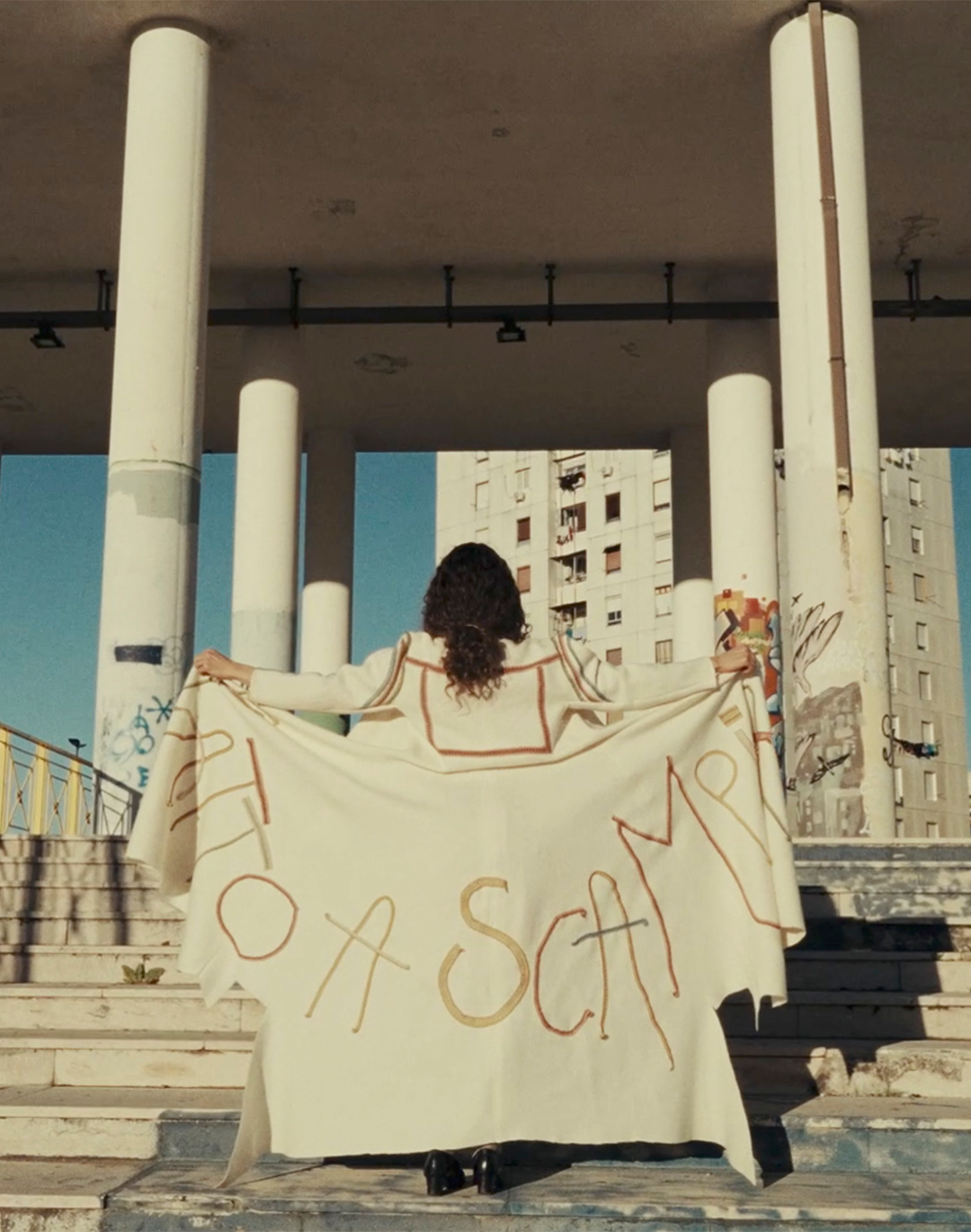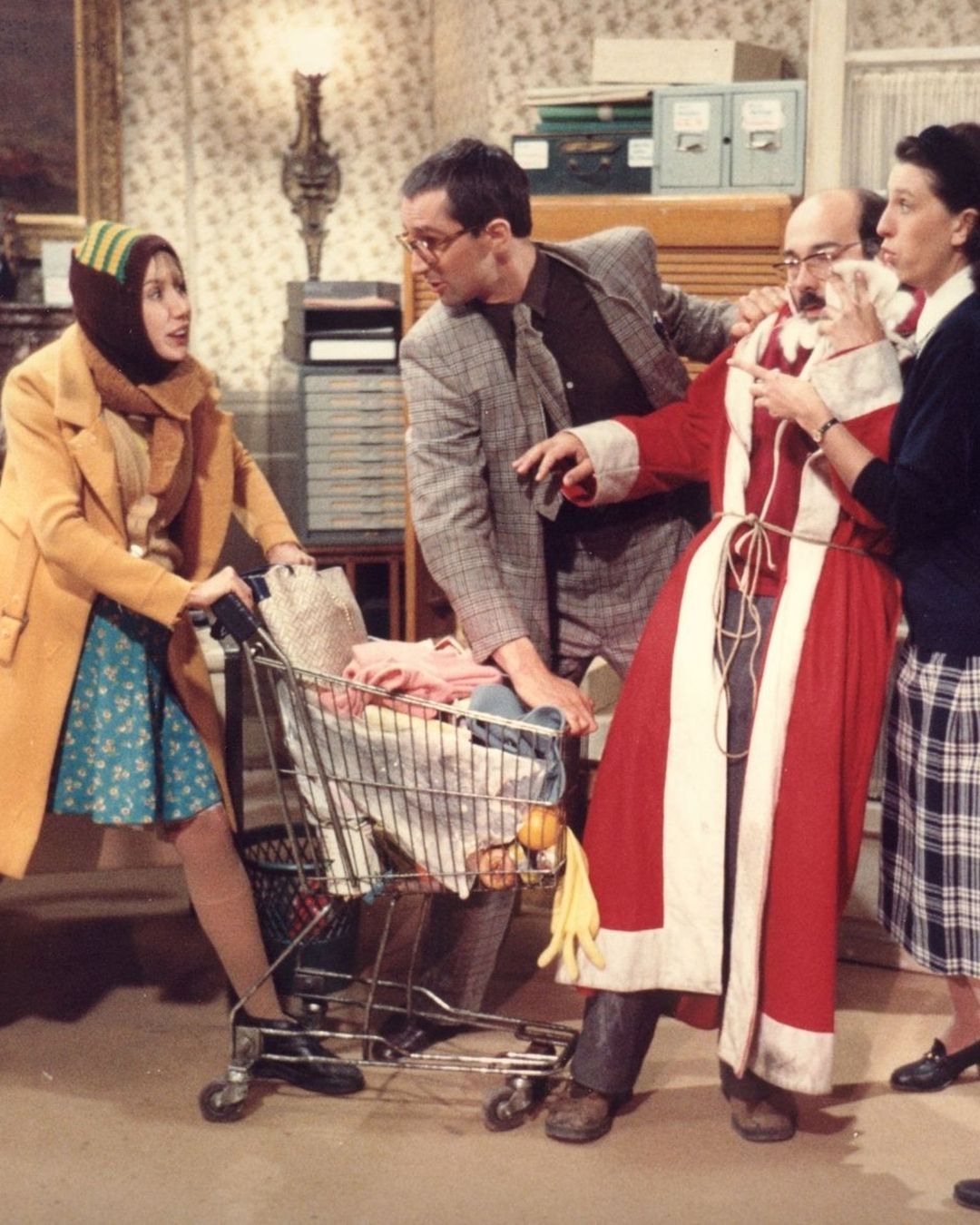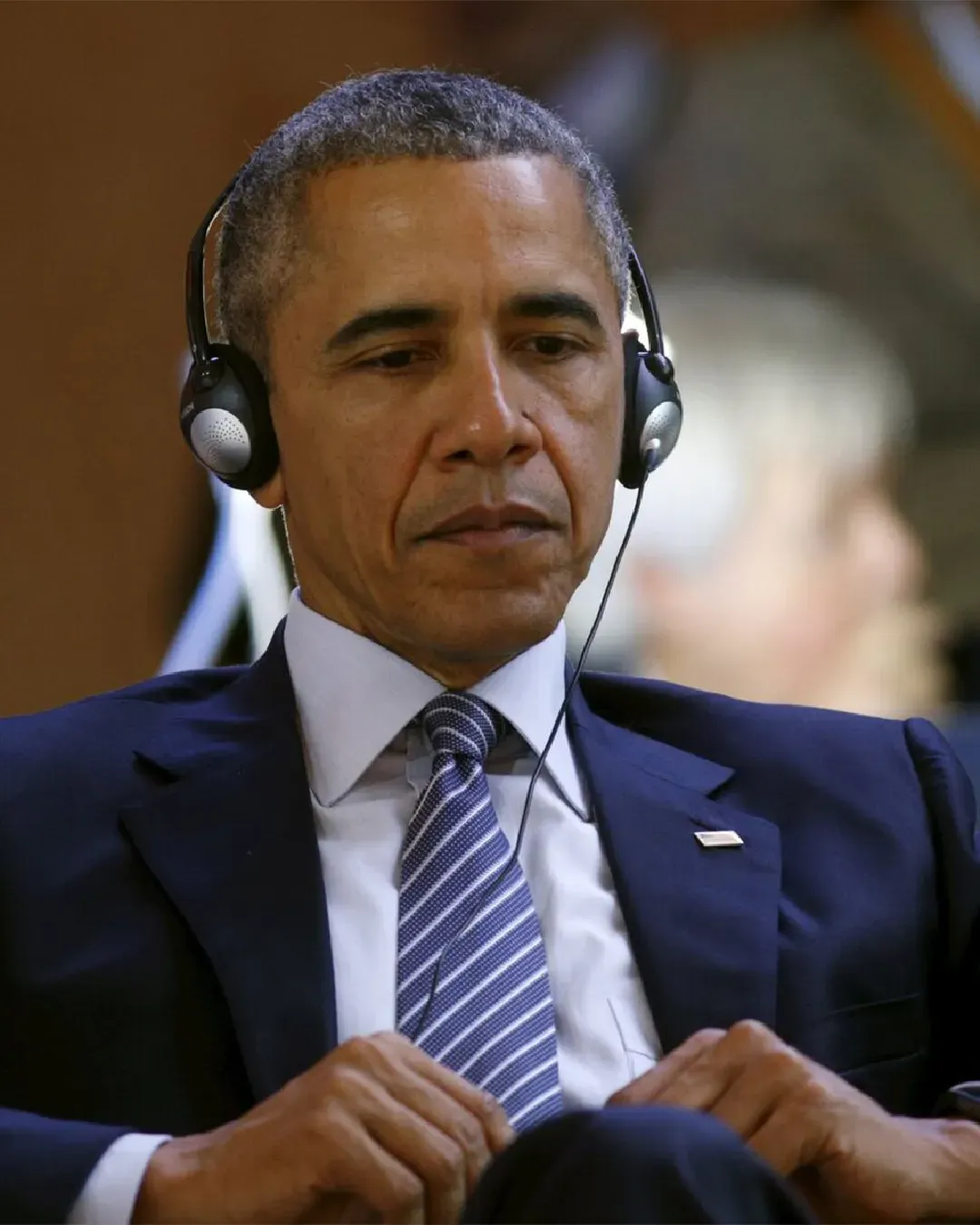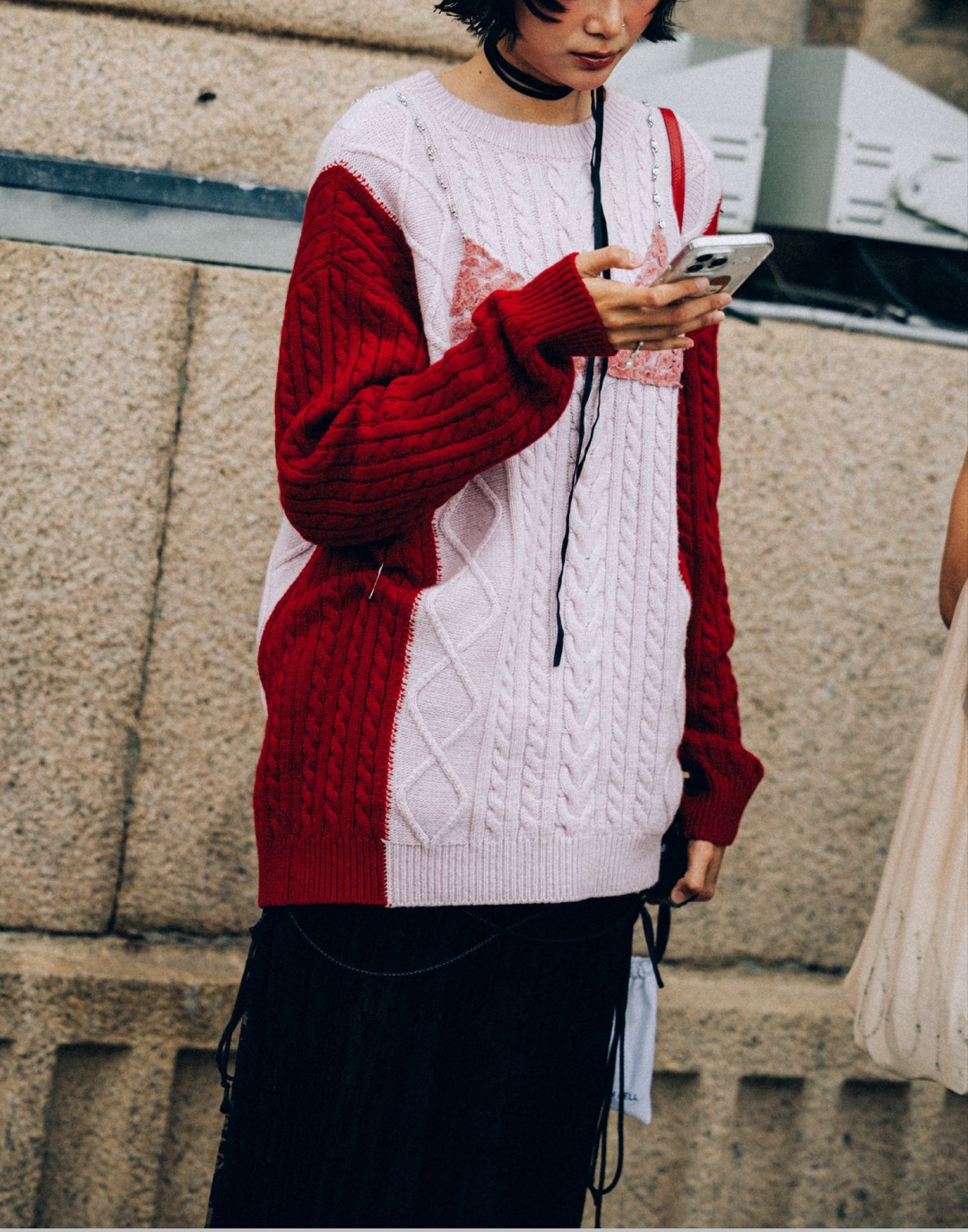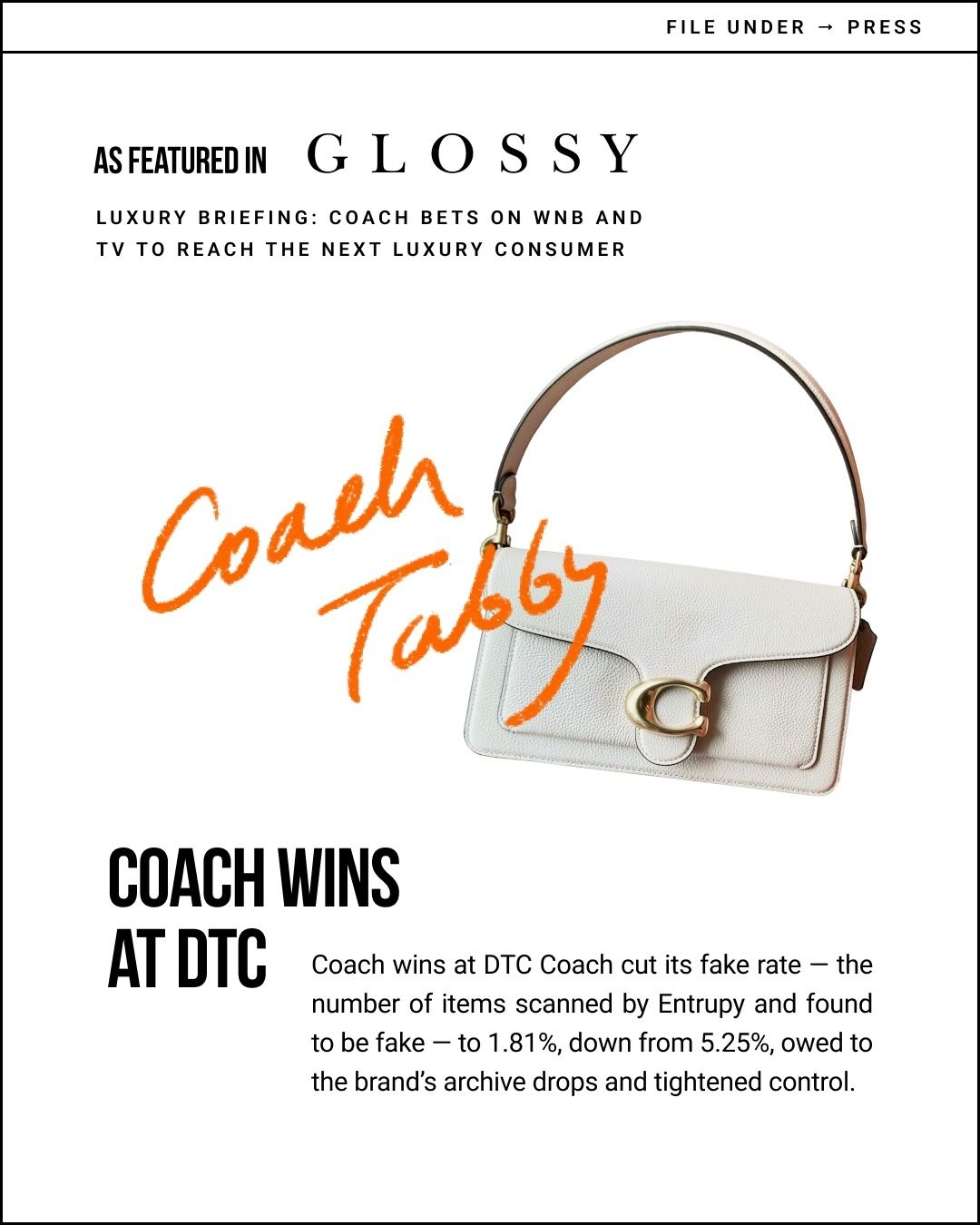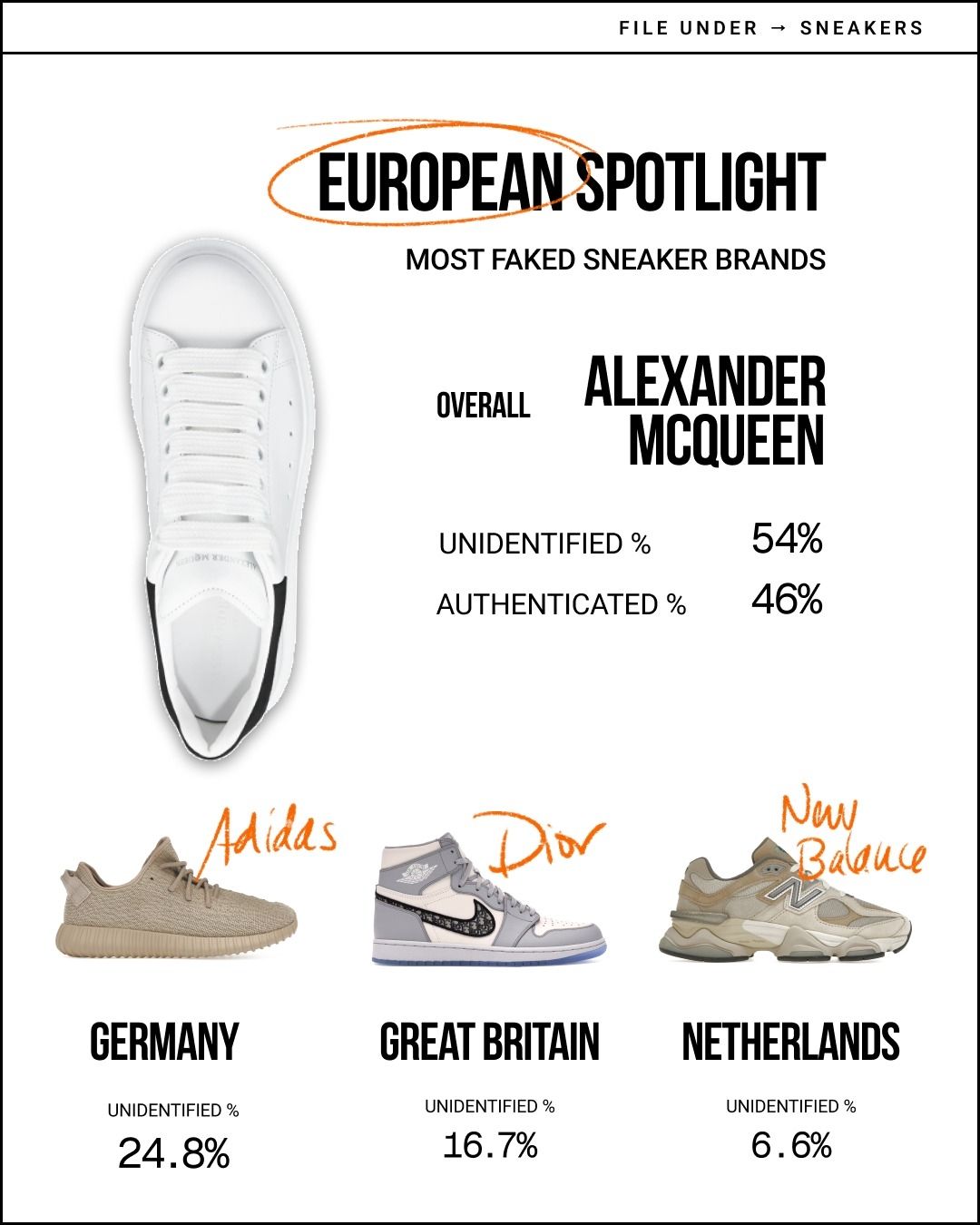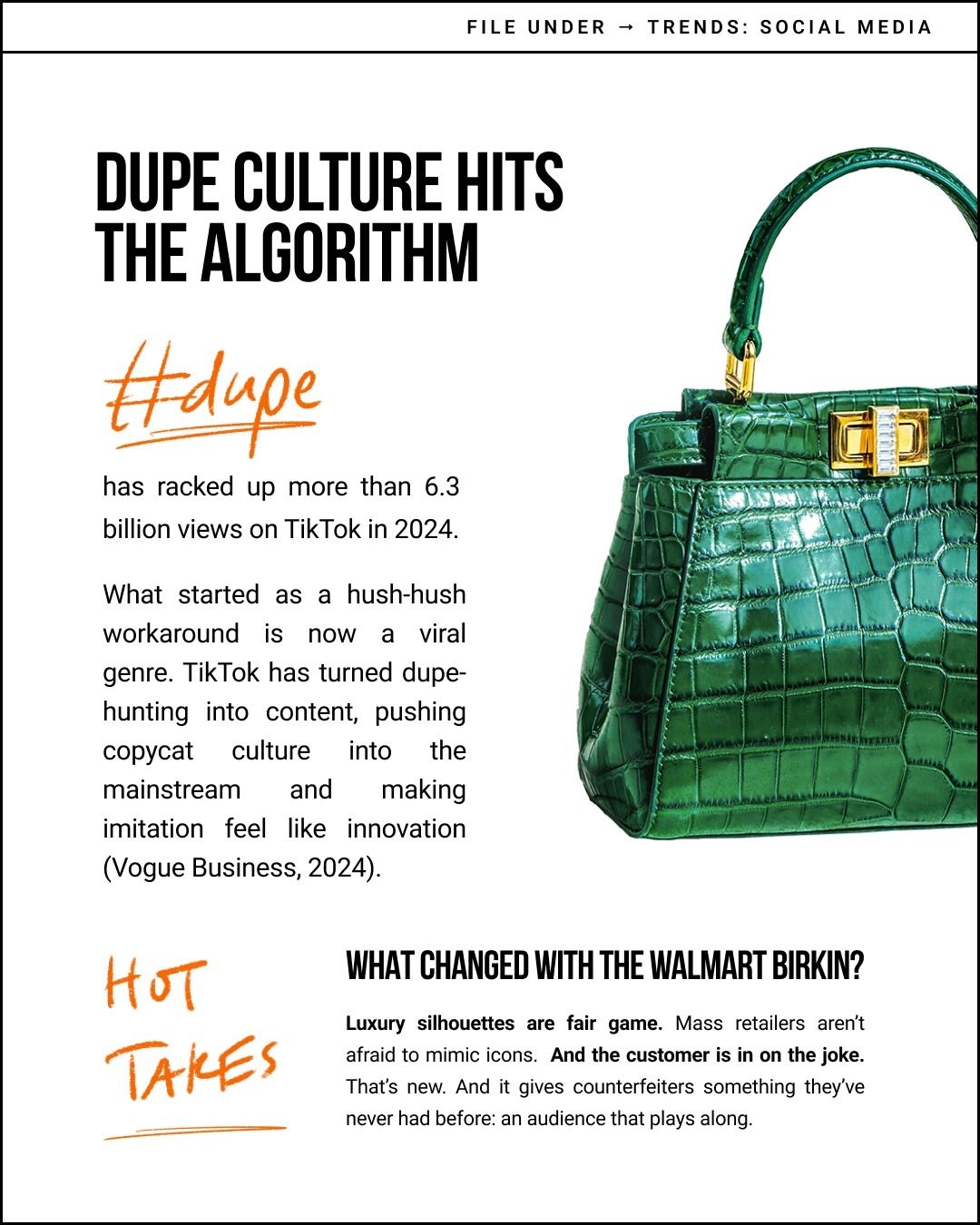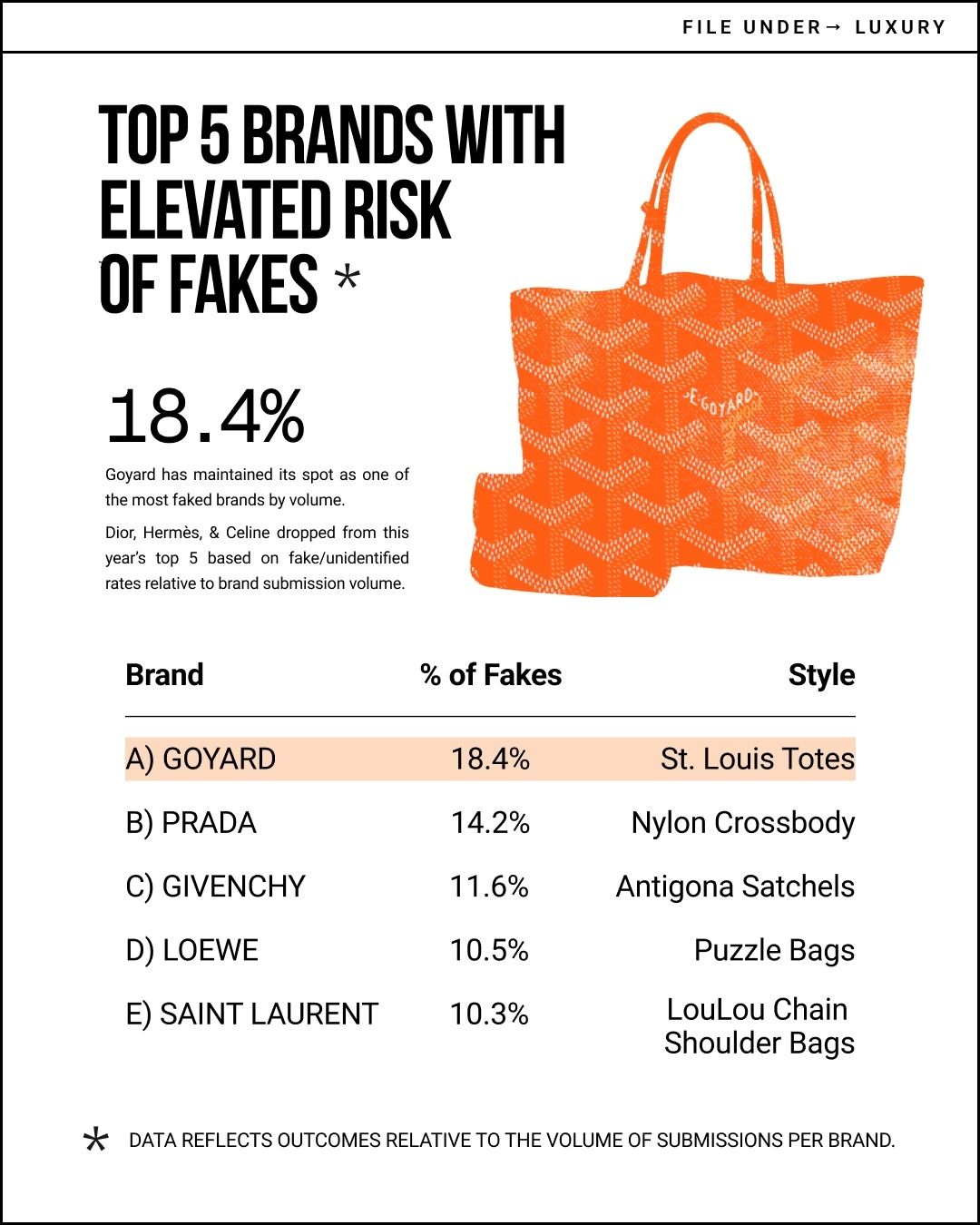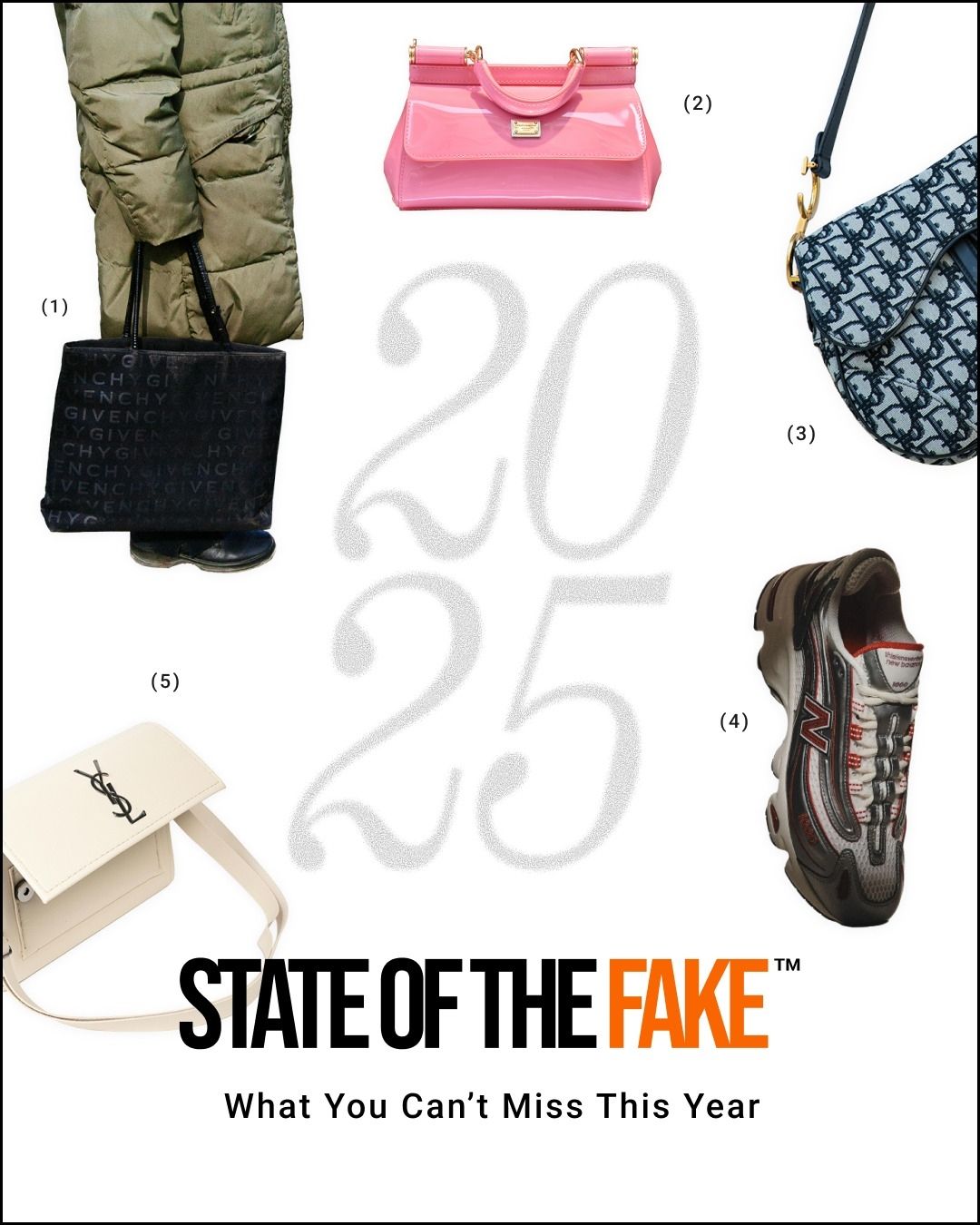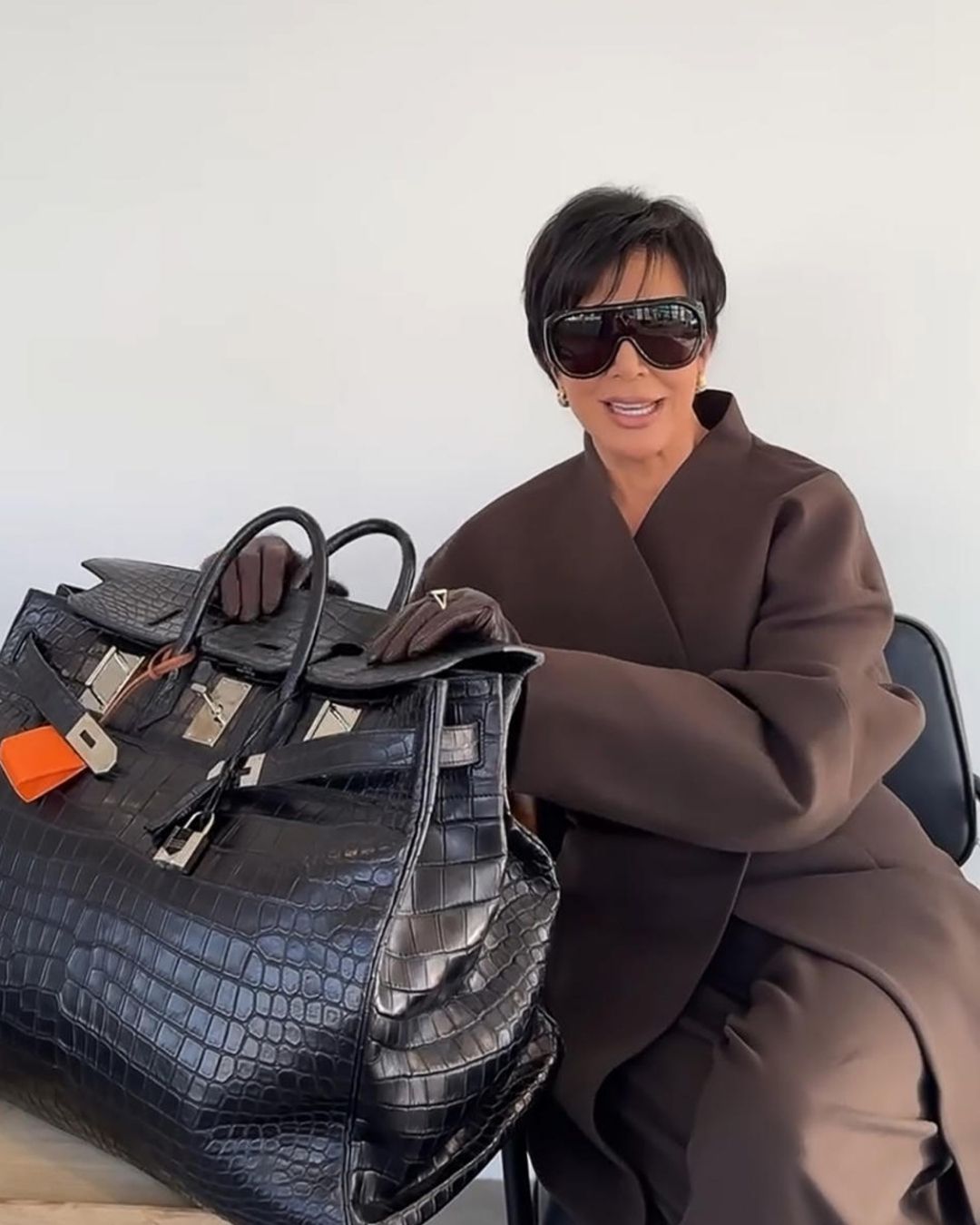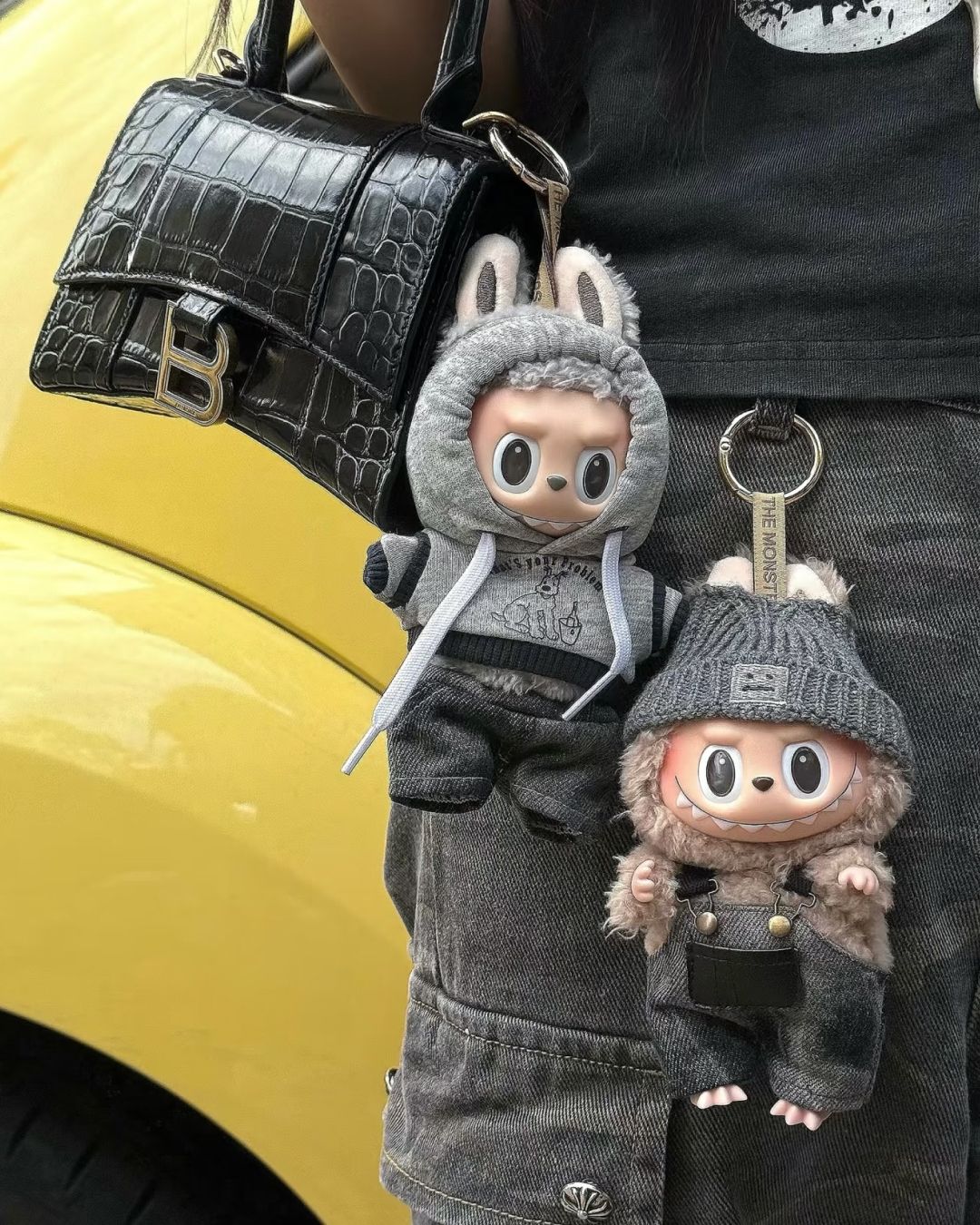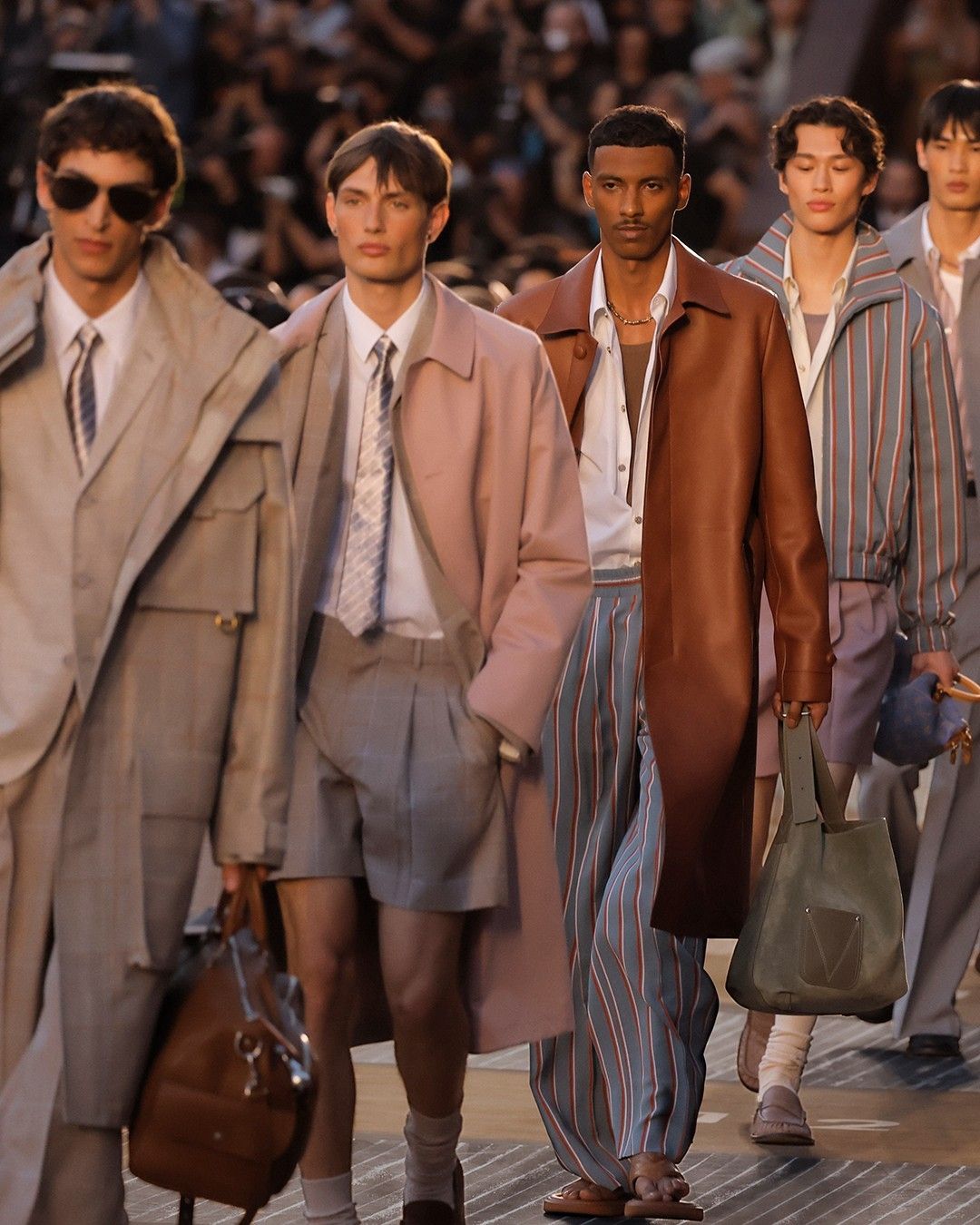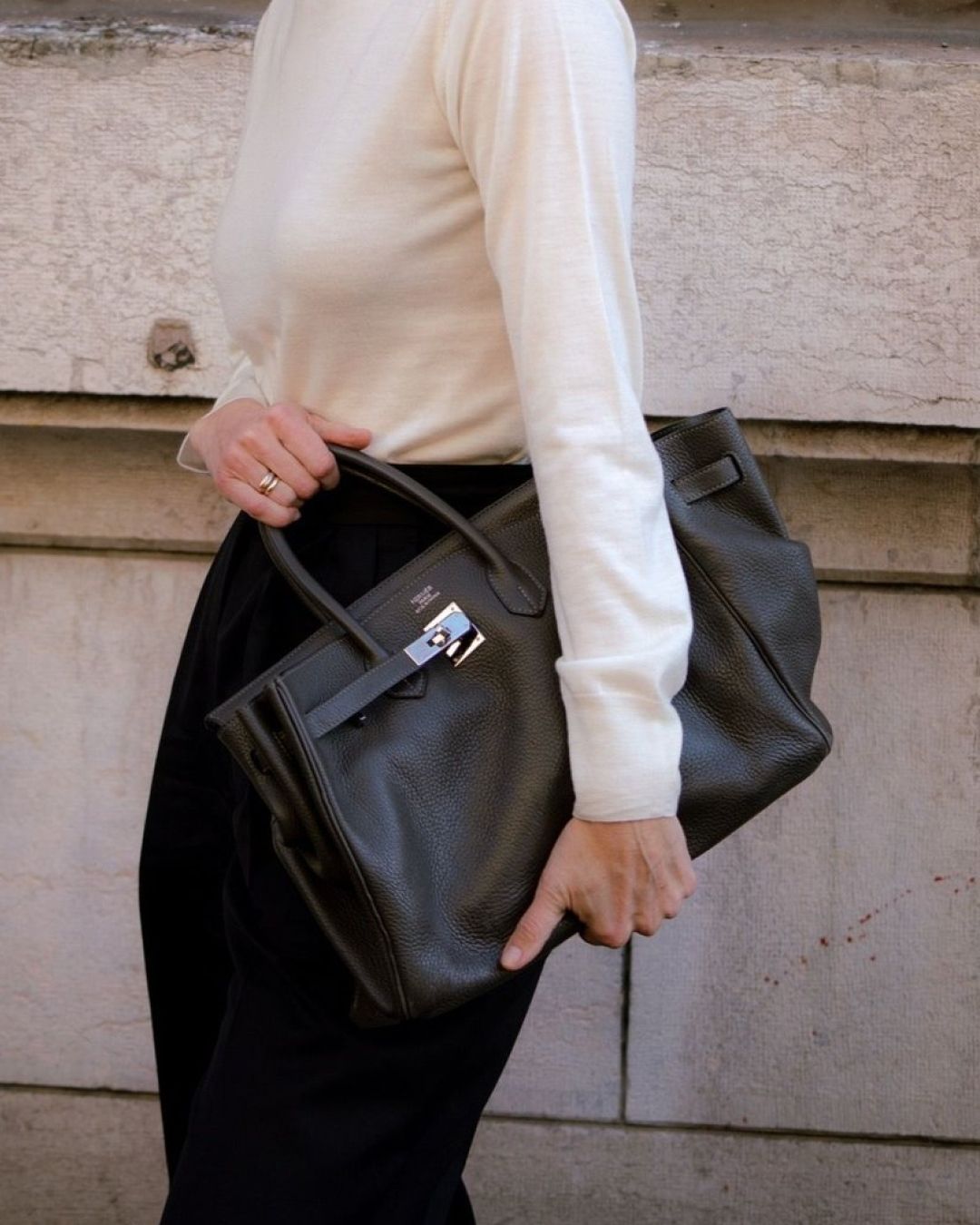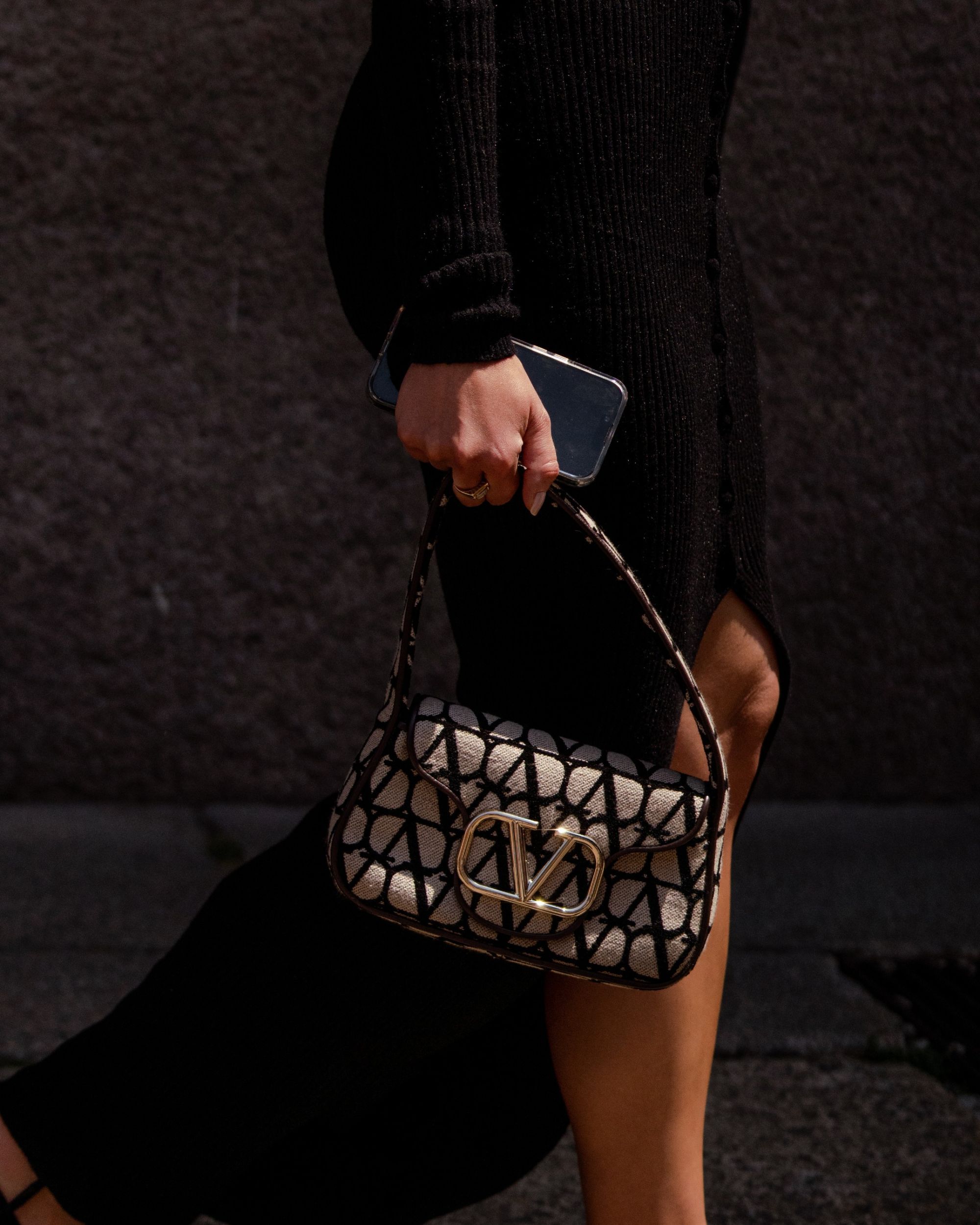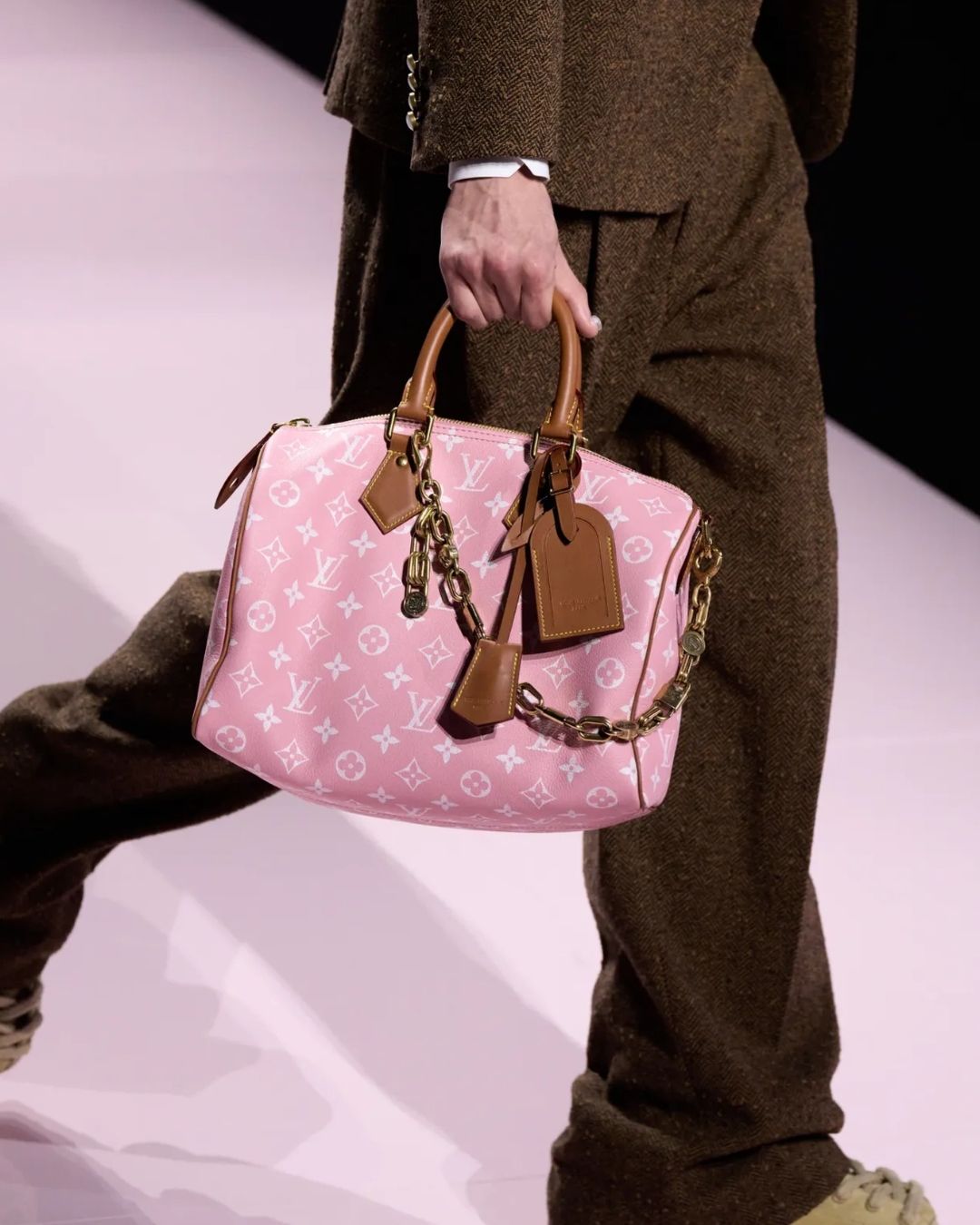
Louis Vuitton is the most counterfeit luxury brand in the world Goyard, Prada and Chanel also in the sights of the counterfeiters
From bags to clothing, including jewelry and sneakers, counterfeiting is a real scourge that has affected the luxury world since time immemorial. After a resurgence in the popularity of fakes and forgeries in the 1970s with the rise of branded jeans, counterfeiting has become increasingly present in market stalls, online, and even on supposedly trustworthy resale platforms like Vinted and Vestiaire Collective. In response to the ongoing rise in luxury copies, Entrupy, an authentication service based on Artificial Intelligence, unveils its “State of Counterfeiting”, a report revealing the ranking of the most counterfeited luxury brands in 2025. While no one is spared from copies and imitations—whether fake Fendi Baguette bags (as shown by Samantha Jones in Sex and The City), Chanel sunglasses, or even Jacquemus Chiquito—the report reveals that one brand, in particular, is most frequently copied and recopied: Louis Vuitton. Indeed, the French House tops the list, with no less than 32.8% fake submissions to Entrupy for authentication. In second place is Prada, with 14.42% of bags identified as fake by the organization, closely followed by Gucci, Chanel, and Saint Laurent. Goyard, for its part, also remains one of the most heavily affected brands by massive counterfeiting and also one of the most at risk of being imitated, with 18.4% of its St. Louis tote bags identified as fakes. As for fabrics, Prada nylon is the most replicated, followed by various fabrics and the Louis Vuitton, Gucci, and Chanel monogram, especially copied for their calfskin and lambskin leathers.
With a persistent luxury industry crisis and consumers increasingly reluctant to spend to revive it, counterfeiting has become the miraculous solution to all woes for buyers who, it seems, no longer even want to pretend—evidenced by the success of the Walmart Birkin, for example. Although the counterfeit rate for handbags and sneakers slightly decreased in 2024 (from 8.9% in 2023 to 8.4%), the overall volume continues to rise. A proliferation that worsens the industry’s already ongoing waste crisis, with items often made from cheap synthetic materials, having a very short lifespan and ending up in landfills without any possibility of resale or recycling. Beyond environmental impact, counterfeits also represent a significant financial and social danger, according to the European Union Intellectual Property Office (EUIPO), which states that they are responsible for estimated annual losses of €60 billion in the EU and the elimination of around 434,000 jobs. Moreover, nearly 97% of counterfeit items pose significant risks, with fake clothing often treated with harmful chemicals causing skin irritation and allergic reactions. In the face of this growing threat, fashion houses are increasingly turning to authentication technologies such as Entrupy to try to curb this scourge. Hopefully, these technological advances will bear fruit.






